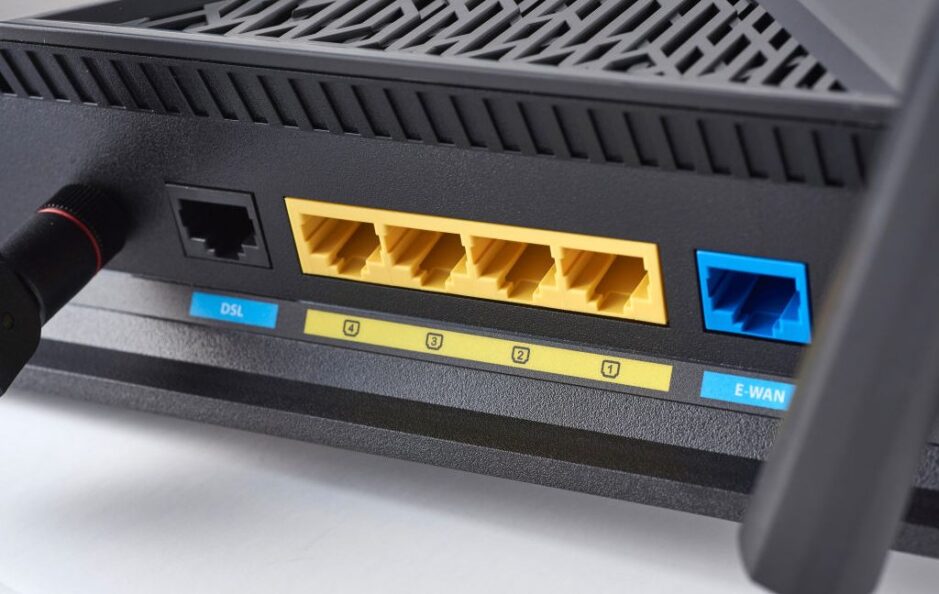Widespread Compromise of Asus Routers Linked to Sophisticated Cyber Campaign
In a concerning development for cybersecurity, researchers at GreyNoise have uncovered a significant campaign targeting Asus routers, indicating a potential nation-state link. This campaign, named ViciousTrap, has reportedly compromised nearly 9,500 Asus routers worldwide, raising alarms about the implications for users and network security.
Detection and Reporting of the Threat
GreyNoise detected this cybersecurity threat in mid-March but opted to withhold public details until after notifying relevant government agencies. Such coordination suggests that the threat actor might be operating with state-level backing. This cautious approach underscores the seriousness of the situation and the need for comprehensive assessment before public disclosure.
Insights from Fellow Researchers
Complementing GreyNoise’s findings, analytical work by Sekoia highlights the extent of the internet scanning executed by the network intelligence firm Censys. Their research corroborates that vulnerabilities in potentially thousands of routers have been exploited within this larger campaign. This joint observation by multiple cybersecurity firms amplifies the credibility of their claims and emphasizes the urgency of addressing these vulnerabilities.
Exploitation of Vulnerabilities
The main attack vector involves backdooring Asus devices by exploiting multiple vulnerabilities, notably CVE-2023-39780, a recently patched command-injection flaw that permits unauthorized execution of system commands. While Asus has proactively updated their firmware to protect users against this flaw, there are other unnamed vulnerabilities that have been patched but lack formal CVE designations. The absence of CVE tracking may complicate user awareness, leaving many susceptible if they do not regularly update their systems.
Instructions for Infected Users
Users seeking to confirm their router’s integrity are advised to inspect their device’s SSH settings through the configuration panel. Infected routers will reveal settings allowing log-in via SSH over port 53282, using a specific digital certificate. To neutralize the threat, users must remove this access point by deleting the corresponding key and adjusting port configurations.
Access logs can also reveal potential compromise if they show interactions with specific IP addresses associated with the attacks. Users should maintain vigilance, especially if they notice access from the following IPs: 101.99.91.151, 101.99.94.173, 79.141.163.179, or 111.90.146.237.
The Importance of Software Updates
This incident underlines the necessity of routinely updating router firmware and maintaining strong cybersecurity practices. Regardless of router brand, regular updates play a pivotal role in safeguarding devices from emerging threats. Users are encouraged to ensure that system updates are applied promptly, which can substantially mitigate risks from ongoing or future campaigns.
Conclusion: Implications for Cybersecurity
The infiltration of Asus routers by an advanced and possibly state-sponsored threat actor signifies a troubling trend in cybersecurity breaches. As cyber warfare continues to evolve, the potential for significant disruptions grows. This incident serves as a stark reminder for both individual users and organizations about the importance of vigilance and proactive security measures. Moving forward, enhanced collaboration between security researchers and government agencies will be essential to address such threats effectively and protect against similar future attacks.









